Growing Awareness of Digestive Health
There is a notable increase in public awareness regarding digestive health, which serves as a catalyst for the H2 Receptor Antagonist Market. Educational campaigns and health initiatives have led to a greater understanding of gastrointestinal disorders, prompting individuals to seek medical advice and treatment. As awareness grows, so does the willingness to invest in effective medications, including H2 receptor antagonists. This trend is reflected in market data, which shows a steady rise in prescriptions for these drugs over the past few years. Consequently, the heightened focus on digestive health is likely to sustain demand for H2 receptor antagonists, further solidifying their role in the H2 Receptor Antagonist Market.
Advancements in Pharmaceutical Research
Innovations in pharmaceutical research are significantly influencing the H2 Receptor Antagonist Market. The development of novel formulations and delivery systems enhances the efficacy and patient compliance of these medications. Recent studies indicate that new H2 receptor antagonists with improved pharmacokinetic profiles are entering the market, offering better therapeutic outcomes. Furthermore, research into combination therapies that include H2 receptor antagonists is gaining traction, potentially expanding their application in treating various gastrointestinal disorders. This ongoing advancement in drug development not only broadens the therapeutic landscape but also stimulates competition among pharmaceutical companies, thereby driving growth within the H2 Receptor Antagonist Market.
Aging Population and Associated Health Issues
The aging population presents a significant driver for the H2 Receptor Antagonist Market. As individuals age, they often experience an increase in gastrointestinal disorders, including peptic ulcers and GERD. This demographic shift is accompanied by a higher prevalence of chronic conditions that necessitate long-term medication use. Data suggests that older adults are more likely to be prescribed H2 receptor antagonists due to their safety profile and effectiveness. As the global population continues to age, the demand for these medications is expected to rise, thereby contributing to the growth of the H2 Receptor Antagonist Market. Pharmaceutical companies are likely to focus on developing formulations tailored to the needs of this demographic.
Regulatory Support for Gastrointestinal Medications
Regulatory bodies are increasingly supportive of the development and approval of gastrointestinal medications, which positively impacts the H2 Receptor Antagonist Market. Streamlined approval processes and incentives for drug development encourage pharmaceutical companies to invest in H2 receptor antagonists. Recent regulatory initiatives aimed at expediting the review of new treatments for gastrointestinal disorders have led to a surge in new product launches. This supportive regulatory environment not only fosters innovation but also enhances market access for H2 receptor antagonists. As a result, the H2 Receptor Antagonist Market is likely to experience accelerated growth, driven by the introduction of new and improved therapeutic options.
Increasing Prevalence of Gastroesophageal Reflux Disease
The rising incidence of gastroesophageal reflux disease (GERD) is a pivotal driver for the H2 Receptor Antagonist Market. As more individuals experience symptoms such as heartburn and acid regurgitation, the demand for effective treatment options escalates. According to recent estimates, GERD affects approximately 20 percent of the population in various regions, leading to a heightened need for medications that can alleviate these symptoms. H2 receptor antagonists, known for their ability to reduce stomach acid production, are increasingly prescribed as a first-line treatment. This trend is likely to continue, as healthcare providers seek to address the growing burden of GERD, thereby propelling the H2 Receptor Antagonist Market forward.


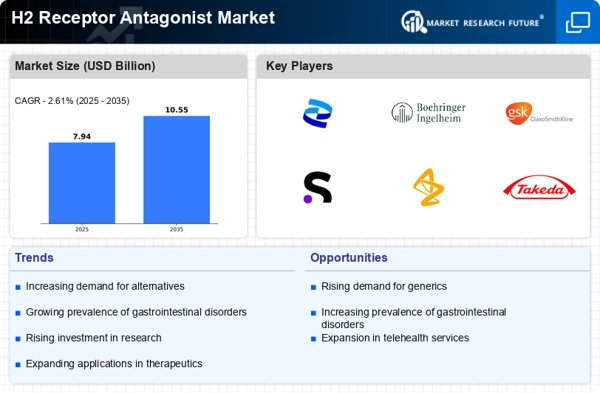
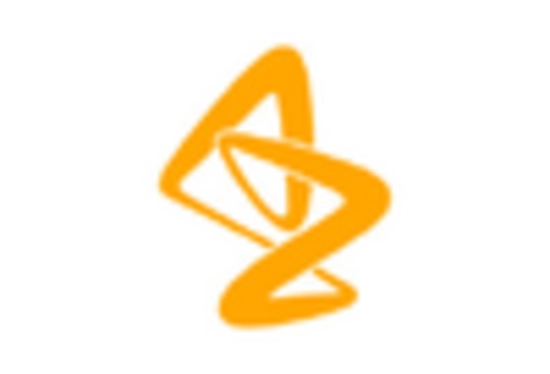
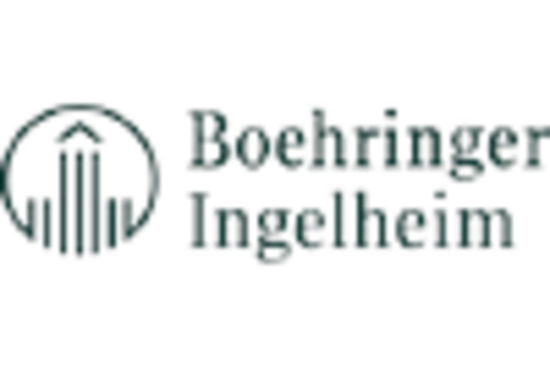
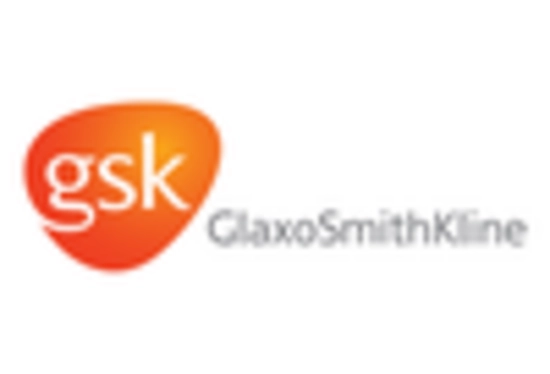
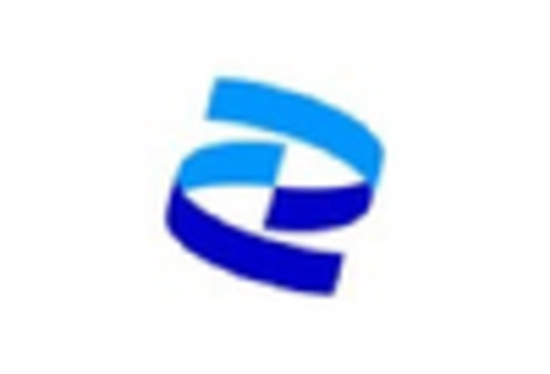
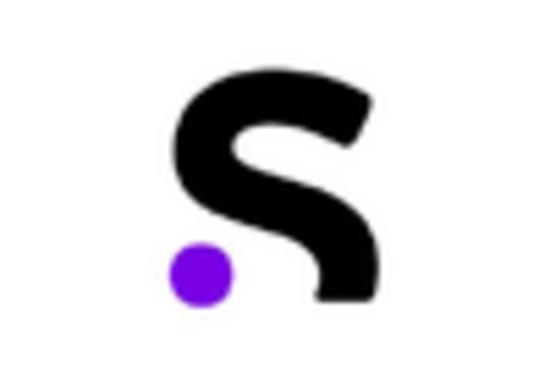
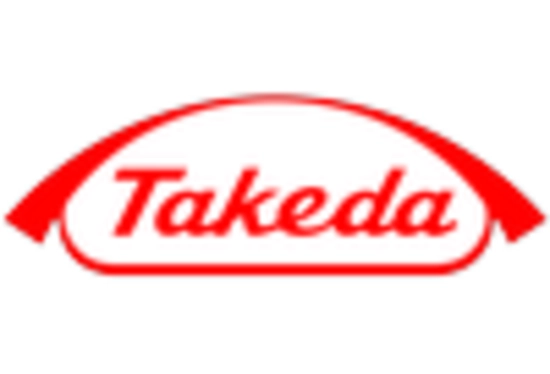








Leave a Comment